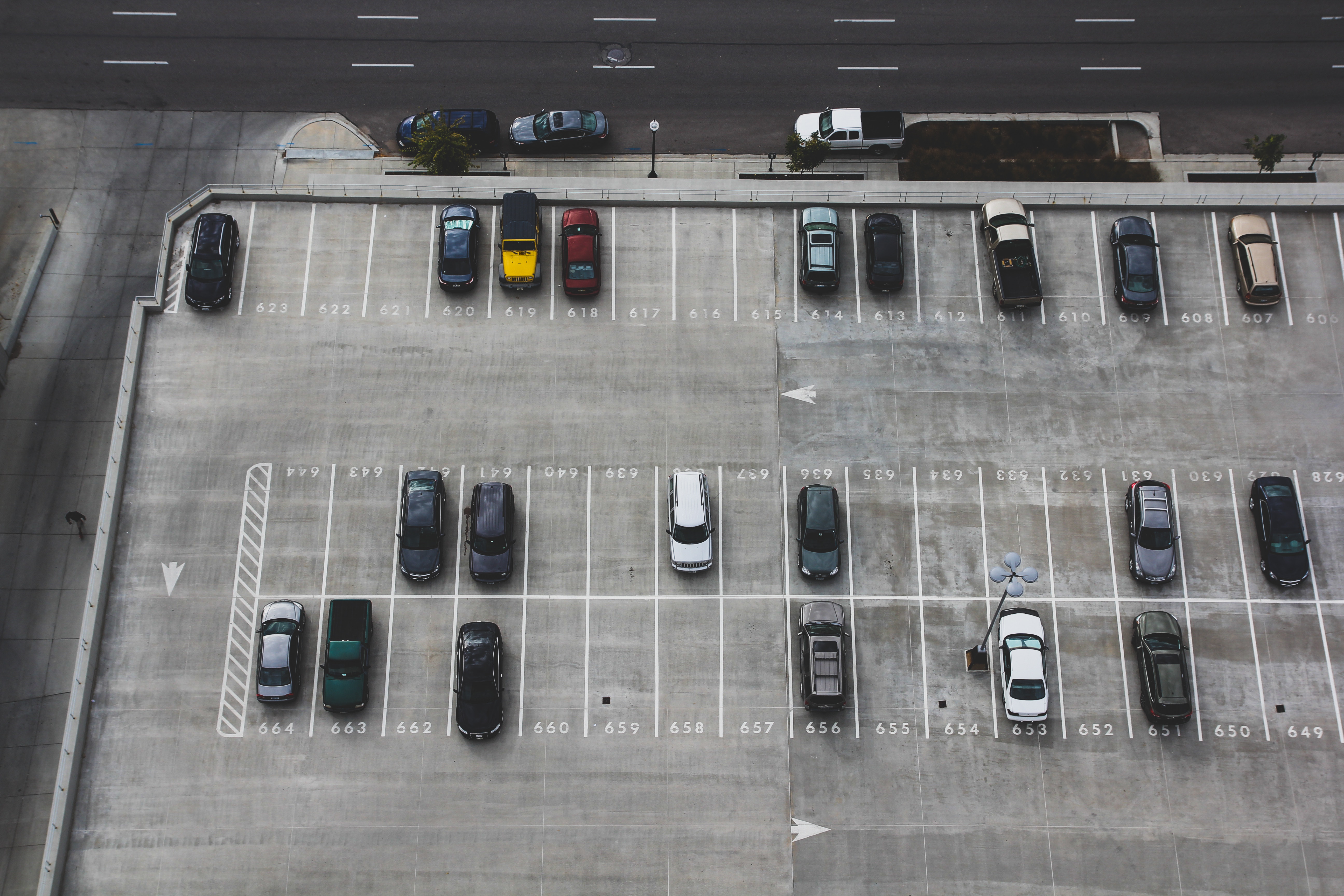Blue Badges for those with non-visible disabilities is a step forward, but more needs to be done
Amid recent announcements regarding the expanded eligibility for blue badges to those with conditions such as severe mental health problems, autism or dementia, there has been considerable backlash on social media, from both disabled and non-disabled communities.
The blue badge scheme allows disabled drivers and passengers to park closer to their destination in larger bays or on double-yellow lines, providing 2.4 million disabled people in the UK with parking permits. Currently, the scheme is largely limited to those with physical disabilities, but the government has announced that, from January 2019, the wording of the eligibility criteria will be changed to make it easier for people with non-physical disabilities to successfully apply for a badge. This has been widely reported by media outlets, frequently under misleading headlines suggesting that people with ‘invisible disabilities’ will now be eligible for the scheme. While this has always been the case for those with invisible disabilities of a physical nature, it incorrectly labels autism as a mental illness or mistakenly suggests the changes will be effective immediately.
Though not immediate, the changes are undoubtedly positive for those with conditions eligible under the proposals. Those with mental health problems will enjoy improved access to work and reduced social isolation as well as improving safety for people with dementia, reducing strain on their carers. While the government still needs to significantly improve provision for non-physical disabilities to bring it in line with that for physical disability, it is a step in the right direction in terms of appreciating non-physical disabilities as equally serious as physical ones within public policy. This step, however, is futile without similar changes in public attitudes alongside it – newly eligible people or their carers are unlikely to apply for a badge if they fear negative judgement from people who do not understand their need for it.
The changes are undoubtedly positive for those with conditions eligible under the proposals
Further, current infrastructure does not appear to be able to cope with the existing number of blue badge holders, let alone the upcoming increase in that number. Much of the argument against the changes from current blue badge holders surrounds the fact that there simply aren’t enough disabled spaces to accommodate current users, with immense consequences for disabled people’s independence and freedom. However, rather than denying those with non-physical disabilities these rights, it is necessary to improve the existing infrastructure to accommodate an increased number of badge holders.
Car parking space, however, is a valuable commodity, particularly in inner city locations and for small independent businesses. Current guidance states that disabled parking bays must have enough clearance surrounding them to manoeuvre a wheelchair around a car, for example. Nevertheless, it seems that the majority of newly eligible disabled people would not require this extra space, simply the benefits of being closer to their destination. So, some newly created bays could be of a standard size to accommodate the needs of these individuals without unnecessarily using up critical space.
Beyond this, a more uniform and closely regulated system is required. Within the current system of local councils handling blue badge applications, there seems to be something of a ‘postcode lottery’ in successful applications, with people with identical access needs being granted a blue badge by some councils and denied by others. Additionally, while the government boasts that ‘75% of blue badge holders say they would go out less often if they didn’t have one’, this suggests that a quarter of blue badge holders do not actually need their permit, while plenty of people who do need one cannot get one even with the appeals process. Either the applications need to be centralised or local councils need to be given clearer guidelines, because the current system clearly isn’t working.
It is necessary to improve the existing infrastructure to accommodate an increased number of badge holders
Finally, improved policing of blue badge use and disabled parking bays is necessary to ensure they are only being used by those who are entitled to them and reduce public concerns about fraud. These have led to public policing, frequently by uninformed people who leave aggressive and upsetting notes on disabled people’s cars incorrectly assuming they must be fraudulently using the permit because they are not a wheelchair user or obviously having difficulty walking. While more people with invisible disabilities being granted badges may reduce this to some extent, it may increase public concerns that anyone could use a badge fraudulently with potentially more ease. As such, more checks are necessary and would be welcomed by many disabled people to free up disabled bays for those with a genuine need for them.
Overall, while recent changes to the blue badge scheme are a positive step towards improved provision for those with non-physical disabilities, other changes are necessary alongside these to ensure the system functions as effectively as possible.
N.B. This article expresses Melissa’s personal views only and is in no way linked to her SU role.

Comments